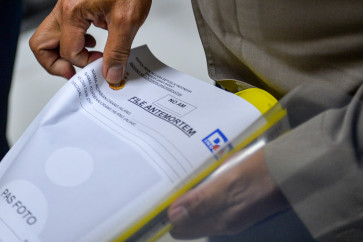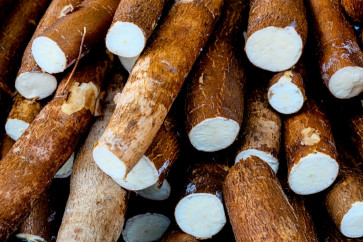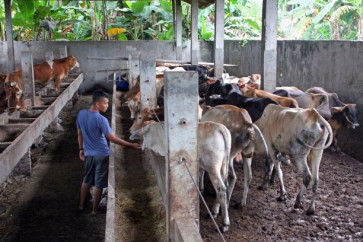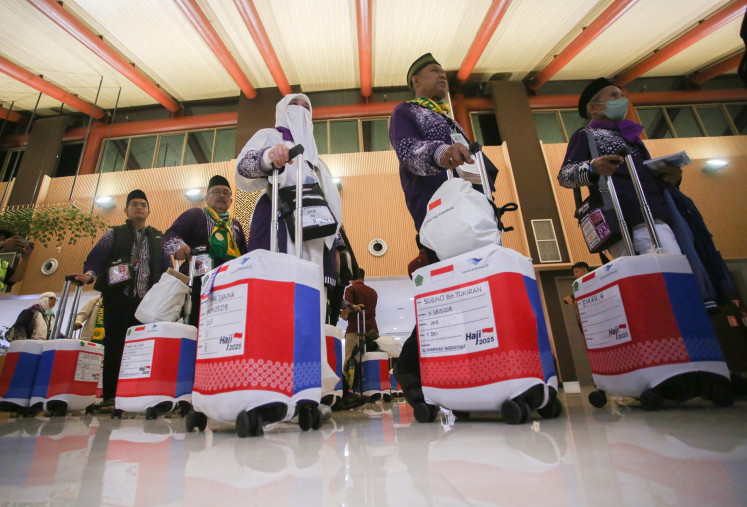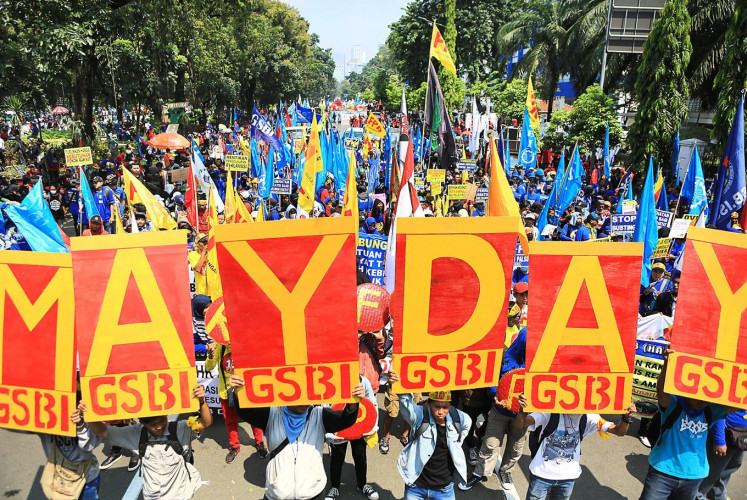Mining and conservation at the crossroads
Mining and conservation are two conflicting issues, one is usually sacrificed for the other
Change text size
Gift Premium Articles
to Anyone

Mining and conservation are two conflicting issues, one is usually sacrificed for the other.
But it does not have to be that way, according to the environmental management department head of Jember University School of Agriculture, R. Soedrajad.
He was responding to a decision to cut a large section of the Ijen-Raung natural reserve area for a geothermal mining site designated by the Energy and Mineral Resources Ministry.
As someone involved in efforts to turn the Ijen-Raung reserve into a national park (initiated in 2000 but put on hold due to various licensing and political issues), Soedradjad confessed he could not help but feel disappointed with the new development.
“In the past 10 years, we have prepared everything to make the Ijen-Raung area a national park, but things went wrong at the last moment after we met most of the requirements,” he said.
Late last year, the East Java Region III Natural Resources Conservation Center (BKSDA) received a copy of a ministerial decree citing the presence of geothermal potential in the Blawan-Ijen area.
The geothermal sources, estimated at a capacity of 270 megawatt, are found in 29 places in a 62,620-hectare area in the Perhutani state forestry company’s forest preserve in South Banyuwangi and forest management unit (KPH) in Bondowoso. Three are located in the Mount Ijen reserve.
BKSDA Region III Head Setyo Utomo, who had just been appointed to his position, was surprised since the ministry had never informed of the planned geothermal mining in the area, despite the fact the decree was issued and signed on Oct. 22, 2008.
Since early last year, BKSDA has coordinated with various parties, including Banyuwangi, Jember and Bondowoso regents as well as the forestry company in Bondowoso and West Banyuwangi to accelerate the process to make Ijen-Raung a national park.
In the middle of last year, the Forestry Ministry formed a team to study various aspects of the Ijen-Raung area before it could name it a national park.
The team was the final requirement to be able to change the area’s status into a national park. Under the plan, the Ijen-Raung National Park was to be inaugurated this year.
But in November 2009, Perhutani found the map for geothermal mining in the Blawan-Ijen area, prompting a decision on Dec. 15 last year to reduce the area of the prospective national park to give space to the mines.
Consequently, the Raung mountain region was excluded from the area that would later become the national park. The area of the planned national park has diminished drastically from 53,000 hectares to only 7,260 hectares.
“The minimum area in the Ijen-Raung that must be tightly secured to maintain a stable ecology and ecosystem is 10,000 hectares,” Soedradjad said.
The Ijen-Raung forest is currently in a critical state, as almost 75 percent of the ecosystem has been damaged due to forest conversion into farmland.
Sacrificing the conservation area, he said, should not happen if communication between the sectors and ministries were effective.
“The best solution is to keep the national park’s area and set the mining site at its exploitation zone,” he said. “We can also plan so that geothermal plants are not placed in the national park area.”
By doing this, he said, conservation and mining could be carried out simultaneously, considering that the land needed for mining was not vast.
But he warned that the environmental impact analysis for the mining site should be carefully carried out.
Ijen-Raung represents an untouched sub-alpine rainforest in Java and is home to endangered species like the Javan hawk-eagle and green Javanese jungle fowl. Some even believe it is home to the Javan tiger, thought to be extinct in the wild.

